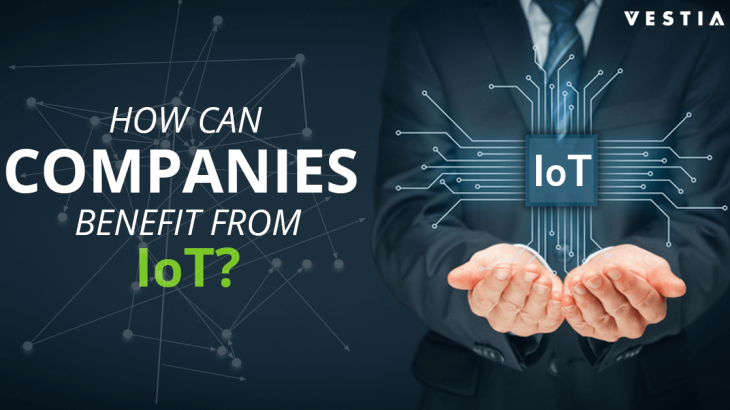Technology has become an integral part of our everyday life and changed our lives. Introduction of IoT has furthered efficiency to an extent where remote offices halfway across the world, can be managed with little or no human intervention.
With as little investment as one IoT sensor per square foot in a building; companies can take advantage of the various benefits IoT affords; the most salient being easy access to enormous amounts of data that companies can utilize to their advantage, to better manage their resources. Thus, not only does an application of IoT increase efficiency within homes, workplaces and cities, reduce utility costs, but also provide users full control over usage of information.
Advantages of adopting IoT at work
- Developing business: Connecting devices, be it installing a smart light, smart wearable technology or smart security cameras, adds to the massive pool of data, creating an ecosystem where micro level data can be gathered and assimilated to create meaningful information. This can be used to design workspaces that are sustainable, smart and useful to employees. Example, Google’s Nest Thermostat which allows office managers to set the optimal temperature at work. The impact is not restricted to the internal workings of a company, but also its product offering where it can result in improved customer experience, through shorter processing times and innovative insights. Overall it will also help in faster product and business development.
- Efficiency and Productivity: IoT is improving productivity by shortening the time taken in delivery of information. Usage of sensory and connectivity tools is not only making businesses more efficient but also enhancing their asset life cycle through better preventive maintenance. For example, based on tracking AC usage and energy consumption patterns, buildings can prepare their own AC maintenance schedules where the company and the maintenance personnel are alerted in advance on timely checks and servicing requirements. This increased attention to asset management ensures fewer breakdowns and lesser disruptions to the workflow.
- Crowd-sourcing information: With 28 billion connected devices by the end of 2020, data is going to be central to the development of products and services in the future. Multiple, connected points for data collection like smartphones, wearable technology, smart sensors, can not only make data collection easier, but the data thus gathered will also be dynamic.
- Improving Safety and Reducing Risks: Installing video cameras, live streaming devices help monitor workplace against physical threats. The connection of motion sensors with alarms helps detect unauthorized access ensuring a safe environment. Another area where companies have greatly benefitted from using IoT is effective monitoring of plant and machinery. It also has its advantages in monitoring hazardous work areas, where employees can be alerted of any dangers, so that a prior action can be taken to avoid any mishaps.
No industry is impervious to the benefits this technology affords be it retail, IT, manufacturing or even human resource management, as it helps track real time data, answer key questions, make processes more efficient and thereby directly impacting the performance of the company.
It’s a matter of correlating the right data and coming to the right decision. IoT’s endgame will enable companies to automate not just simple tasks but take up more challenging tasks. The office of the future is the future of the industry itself.

